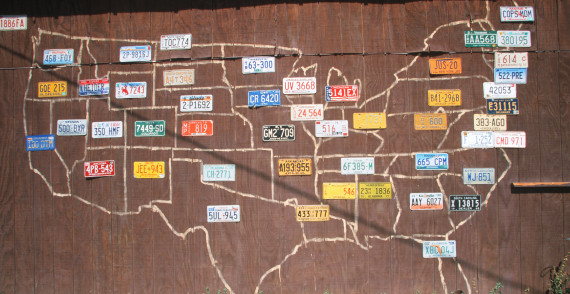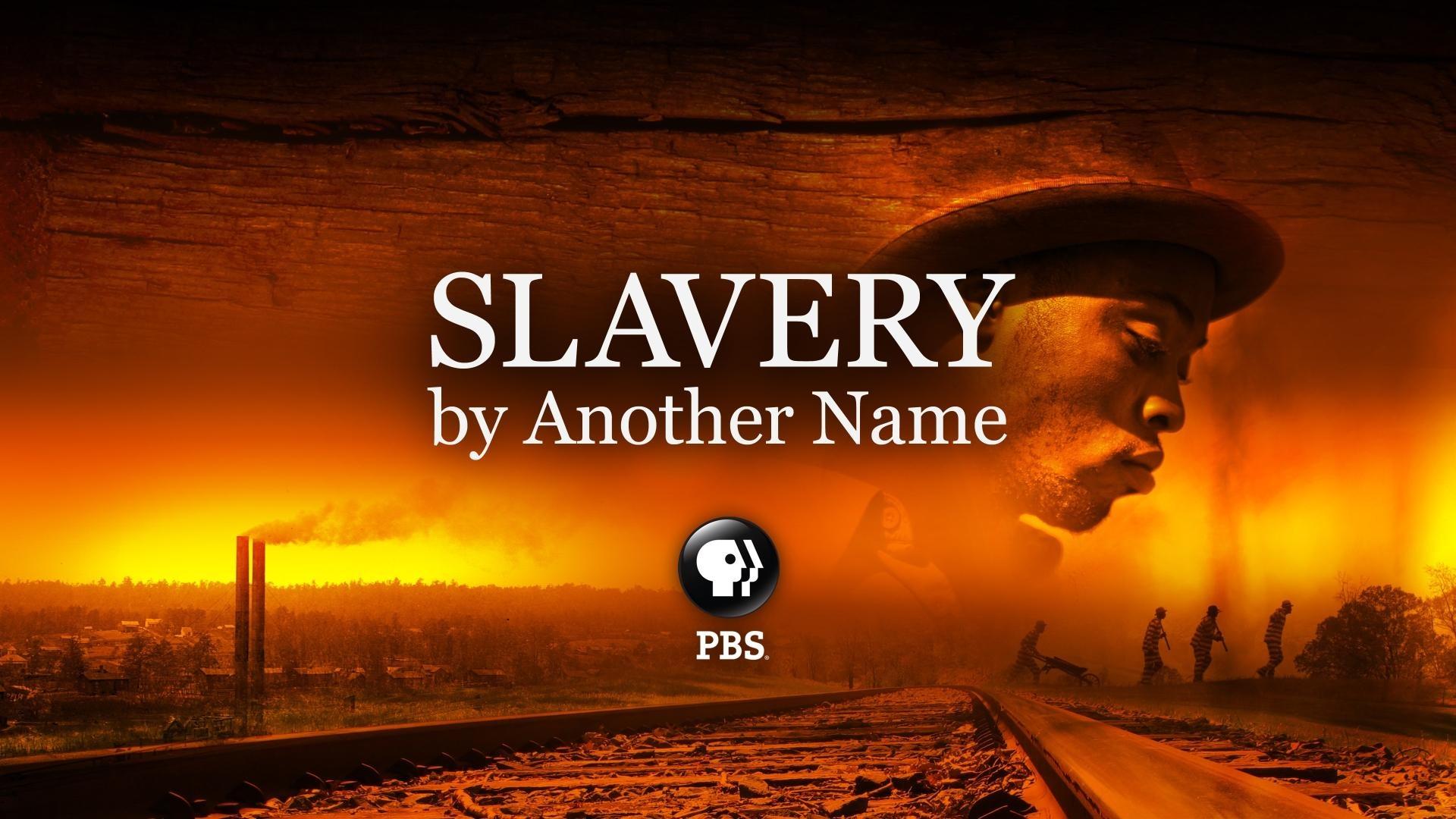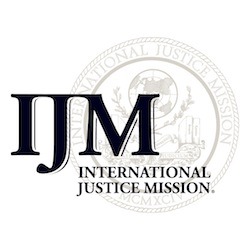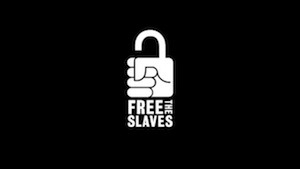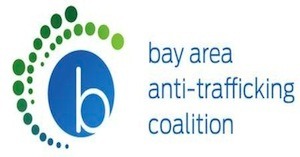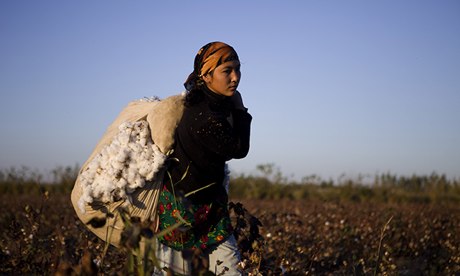Today we share the writing of Rachel Stonecipher of Southern Methodist University, finalist in the 2012 Student Stowe Prize. Rachel's entry, "
Shattered by Security: The Impact of Secure Communities on Families" was published on the blog
Access Denied: A Conversation on Unauthorized Im/migration and Health in 2011. We hope her writing inspires you and moves you to encourage young people in your life who are writing for social justice to submit their work to the 2014 Student Stowe Prize. Submissions are due by January 10. For more information, visit the
Student Stowe Prize page on our website or email
StudentStowePrize@stowecenter.org.
Shattered by Security: The Impact of Secure Communities on Families – Rachel StonecipherAlthough ICE’s
Secure Communities initiative claims to prioritize “the removal of criminal aliens, those who pose a threat to public safety, and repeat immigration violators,” recent national reports by PBS Frontline and the Applied Research Center (ARC) indicate that most immigrants taken into ICE custody have no serious criminal history—and, moreover, that a growing number are parents with dependent children.
According to a recent Frontline special entitled “
Lost In Detention,” not only are undocumented immigrants taken into ICE custody increasingly likely to be parents, often of U.S. citizen children, but they also have lived in the United States, on average, for more than 11 years. Often such cases begin with a routine traffic violation and a missing driver’s license, followed by a fingerprint check against both FBI and Department of Homeland Security national databases.
Other cases begin with domestic violence complaints. According to ARC’s recent report “
Shattered Families,” local police commonly apprehend not only perpetrators but also victims of domestic violence who happen to be undocumented. Both are fingerprinted and detained by ICE, and if children are involved, they are placed in foster care. Both Frontline and ARC suggest that Secure Communities combined with longstanding 287(g) agreements, which grant local police authorization and resources to enforce immigration law, have led to the upswing in detention of non-criminals – including victims of domestic violence. Another contributing factor is the rapid growth of
for-profit detention centers, whose corporate owners have lobbied for legislation increasing immigration detention.
ARC reports that at least 5,100 children across 22 states are currently in foster care because their parents have been either detained or deported. In counties with 287(g) agreements, children in foster care are roughly 29 percent more likely than foster children in other counties to have a detained or deported parent. If this trend continues, ARC estimates that 15,000 more children will face similar cases over the next five years. The problem starts with aggressive immigration enforcement, but indefinite detention and a lack of clear Child Protective Services (CPS) policies regarding deported parents disrupt and often prevent reunification.
In a report titled “
Disappearing Parents,” University of Arizona professor Nina Rabin outlines the scope, magnitude, and implications of this problem. First, ICE officials can often choose whether or not to initiate detention or deportation proceedings, but they rarely exercise their discretionary power to avoid separating children and parents. Once detained, parents have little control over the placement of their children, especially when they hope for placement with undocumented relatives. Given parents’ inability to communicate with CPS, they cannot adhere to its reunification plans – a problem that becomes exacerbated when they are moved to faraway detention facilities. In the absence of established protocols, the decision about whether parents may maintain contact with their children is in CPS agents’ hands. According to Rabin, criminalization actually encourages CPS personnel to “write off” immigrants in detention and assume that families will not be reunified.
Neither fighting nor accepting one’s deportation is likely to shorten the reunification process. If parents choose to fight, then the length of immigration proceedings can easily exceed the deadlines set by CPS unification plans. If parents resign themselves to deportation, CPS may declare that their children will be better off in the U.S. and refuse to send them abroad. In other cases, CPS may require that parents find a job, or complete parenting classes in their home country within a set timeline, then petition to terminate parental rights if the deadline is not met.
Although ICE frames family separation as “collateral damage” of its efforts to deport people who pose a
“true public safety or national security threat,” it is no rare occurrence. In fact, most deportations now result in such collateral damage. According to ICE deputy director Kumar Kibble, interviewed by Frontline, fewer than half of the agency’s record 400,000 deportations in fiscal year 2010 involved “criminal removals” – even under ICE’s broad definition of “criminal,” which includes repeat border crossers. To take one state as an example, Jerry Stermer, senior advisor to Illinois governor Pat Quinn, told Frontline that fewer than 20 percent of deportees from that state had been convicted of a serious crime.
Such statistics have not deterred ICE officials, who have normalized non-criminal removal by setting 2010’s record 400,000 deportations as the new standard. According to former ICE field office director Michael Rozos on Frontline, the agency’s budget rests on an agreement with Congress to maintain this 2010 “achievement”; any fewer would result in future budget cuts.
ICE met its goal in the 2011 fiscal year through a slight increase in “criminal” deportations, but the proportion of deportees with felony convictions was still low: only about 40 percent. To meet its annual target, Rozos reports that ICE encourages agents to arrest every undocumented person within reach, including “collateral apprehensions,” to “get the numbers moved up.” Indeed, in a February 2010 internal memo, the agency directed its personnel to heighten – rather than discourage – non-criminal deportations. Although both ICE and President Obama have taken note of the ARC report and
expressed a commitment to family unification, non-criminal arrests are driven by a numbers game with high stakes for families and children.
Secure Communities may have provided ICE with an effective tool for casting a wide net and maximizing its deportation figures, but the program has strayed far from its original objective – to target the
“worst of the worst” – and instead become an indiscriminate mechanism for putting a record number of parents, many of them otherwise upstanding long-term residents, on a path to deportation. As the reports reviewed here clearly demonstrate, ICE’s repurposing of a reasonable immigration strategy has severe consequences; it is tearing families apart, thereby routing parents through
a system with numerous health risks and jeopardizing their children’s mental health and well-being. No matter how much CPS protocols may improve, it appears that ICE practices will continue to harm families as long as the language of “security” is regularly perverted to justify the deportation of non-criminals.
Rachel Stonecipher is an honors student at Southern Methodist University, where she is also a member of the Hyer Society. A double-major in anthropology and cinema-television, she spent the summer of 2011 conducting ethnographic research on the social structure of im/migrant rights activism in Tucson, Arizona, with support from a Richter Fellowship.






